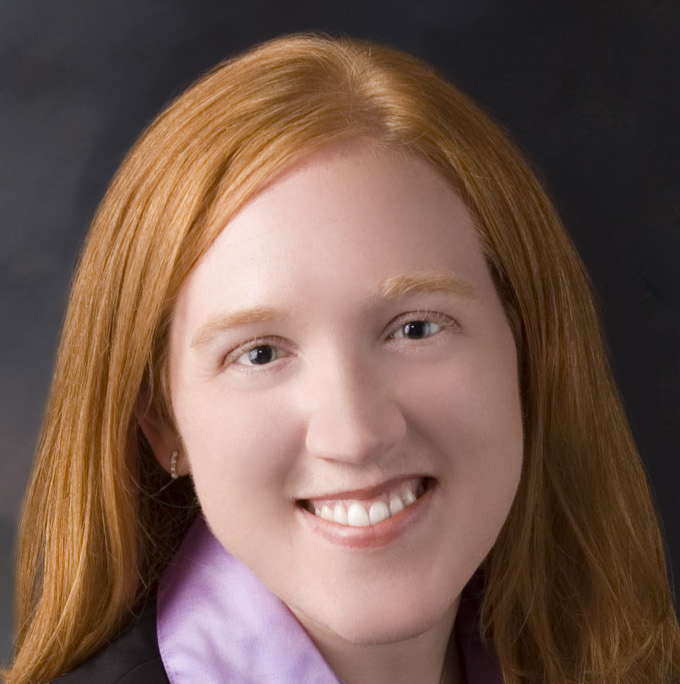4 minutes
Passion, attentiveness and enthusiasm at the board level have a trickle-down effect. As leaders of the credit union, board members help set the tone with their engagement in the organization. The opposite is also true; a lack of passion and attentiveness at the board level will affect the entire organization.
Peter Myers, vice president of CUES Supplier member and strategic partner DDJ Myers, presented the webinar “Put the Passion Back in the Board Meeting,” and he explained just how impactful the board’s zeal can be to the entire credit union.
“Undoubtedly, the culture and tone of the board and CEO relationship absolutely cascades and waterfalls down and impacts the daily operation of the organization,” Myers said. “If I have a hostile board and the CEO is spending 30 percent of [her] time working with that board but it’s more like 90 percent of [her] energy, that’s absolutely going to affect operations. If I have a strategic, engaged board, that’s absolutely going to affect and create better strategies and engagement.”
Transformative Change
Moving toward an engaged board requires change. While that often begins at the board level, other changes may be required to move the board forward.
“Where change does occur, lots of times it gets surfaced to the board level because of a distinct problem or opportunity. But what we really want you to start to think about is that transformative change occurs at three difference levels: organization level, board (team) level and at an individual level,” Myers explained.
Myers described four different parts of the transformative change process:
- Perspective of self – "If we don't change the perspective we have about ourselves, it's more difficult to take action,” Myers said.
- Core beliefs – Evaluate and redefine the credit union’s mission.
- Relationships – Evaluate relationships both inside and outside the organization.
- Practices – “This all comes back to pragmatic application: what are the processes we need to change,” said Myers.
“Lots of times when organizations are looking to do something different, where do they start? They start with the actions. ‘We need to change these actions,’” they say, Myers said. “There’s nothing inherently wrong that but if you really want to transform, really want to evolve or have revolutionary change, you can’t start with the action; you have to walk that dog backwards and ask, ‘What’s the starting point?’"
Identify Your Current Board Type
If you want to change the board, you first need to know what type of board you are. The five types of board archetypes:
- Hostile - polarized board and management; CEO is guarded; CEO shares minimal information; directors lack trust and confidence in the CEO and the tone is interrogatory.
- Entrenched - mindset of perseverance; comfort with the status quo; inconsequential contributions; challenging the CEO; organized around keeping things they way they are.
- Imperial - CEO runs credit union and the board; CEO influences who is on the board; board is more tactical.
- Independent - board nominations occur in a vacuum; increase use of executive sessions; members serious about their role; decisions are made by the board without dialogue with management.
- High performing - clarity of roles and focus; competent and effective chair; balanced board; culture of trust, respect and dignity; engaged in the right conversations and the right time.
Low-Hanging Fruit
Myers encouraged webinar attendees to look at some low hanging fruit--to get some easy wins in moving the board toward a higher level of engagement.
One idea is to look at the culture of the board to see how it compares to the credit union’s culture. Boards should make sure there is a common set of goals and tasks. “This helps us to target and orient ourselves to become more accountable and high-performing,” said Myers.
Increasing diversity on the board also promotes better discussion. “Research shows us the more diverse board we have, the better we are at creative thinking and problem solving,” said Myers.
Myers also suggested looking at the board’s governance framework. Myers asked webinar attendees to think about their own governance structure. Ask: “Does the way we govern as board member enable the strategic plan? Does it, at times impede the strategic plan or our operation’s effectiveness? Do the policies and proceeds we have support and encourage and help us strive for bigger and greater goals? Or does it have a certain amount of process that, although well intentioned, actually prolongs the time line?”
Finally, Myers encouraged board members to continue to evolve – not to become complacent and not to live on past successes. Being passionate requires the board to continue to evolve. “The less we hold ourselves as legends in our mind [and] the earlier we start a conversation absolutely impacts the [number] of options available to us moving forward. So, are we ready?”





